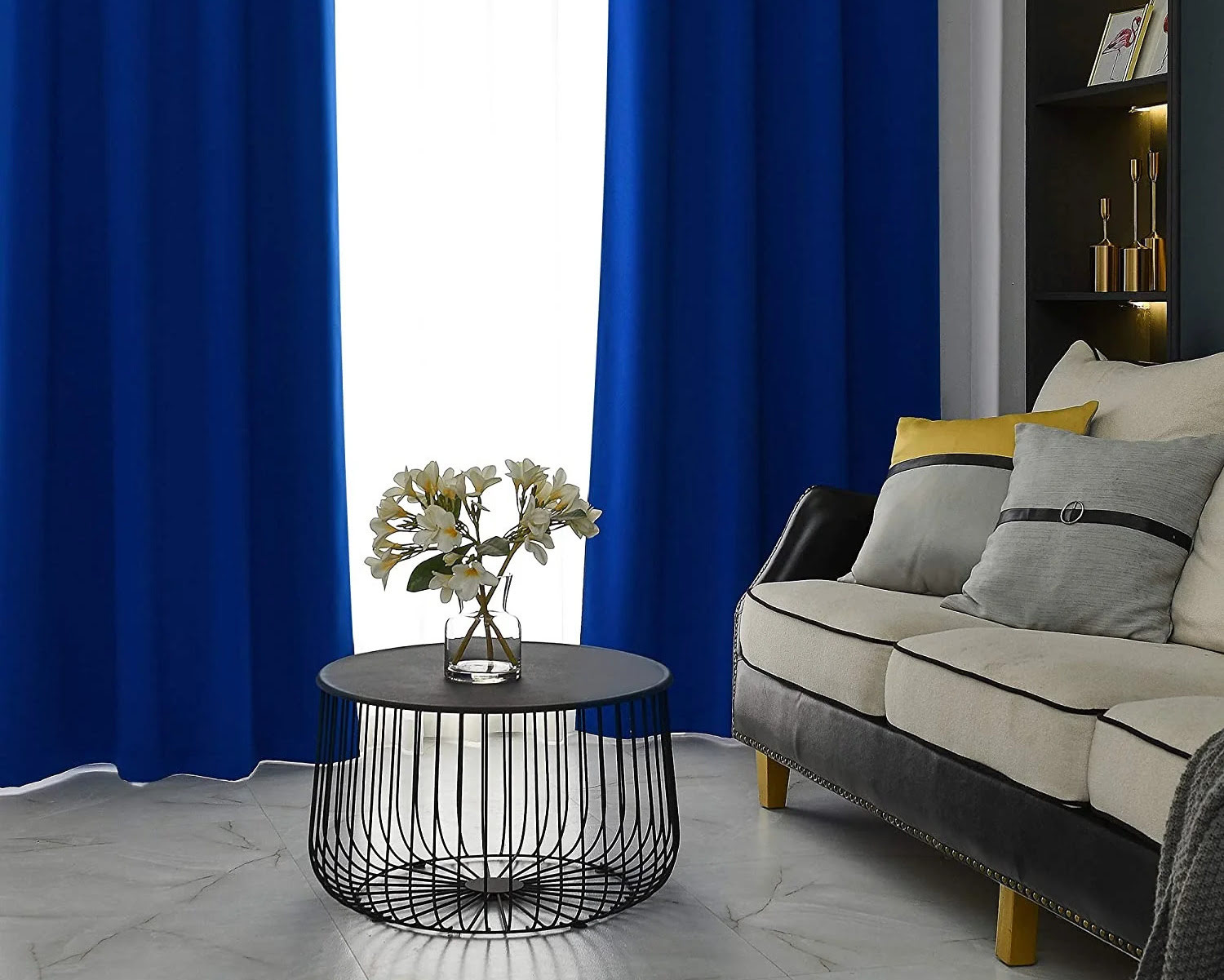

Articles
What Are Thermal Insulated Curtains
Modified: October 29, 2024
Discover the benefits of thermal insulated curtains in our informative articles. Keep your home cozy and energy-efficient with these practical window treatments.
(Many of the links in this article redirect to a specific reviewed product. Your purchase of these products through affiliate links helps to generate commission for Storables.com, at no extra cost. Learn more)
Introduction
Thermal insulated curtains, also known as energy-saving curtains, are a popular choice for homeowners looking to enhance the comfort and energy efficiency of their homes. These curtains offer a unique solution to combat heat loss in the winter and heat gain in the summer, helping to regulate the temperature inside your home and reduce energy consumption.
Unlike regular curtains or blinds, thermal insulated curtains are specifically designed with materials that provide insulation and block thermal energy transfer. By creating a barrier between the interior of your home and the external environment, these curtains can help maintain a more stable and comfortable indoor temperature, regardless of the weather outside.
Not only do thermal insulated curtains offer practical benefits, but they also come in a wide range of styles, colors, and patterns, allowing you to effortlessly enhance the aesthetic appeal of any room in your home. Whether you’re looking for a sleek and modern design or a classic and elegant look, there is a thermal insulated curtain option to suit your taste and complement your existing decor.
In this article, we will delve into the ways thermal insulated curtains work, the benefits they provide, factors to consider when choosing the right curtains for your home, installation and maintenance tips, and how to maximize their efficiency. By the end, you’ll have a comprehensive understanding of thermal insulated curtains and how they can elevate the comfort and energy efficiency of your living spaces.
Key Takeaways:
- Thermal insulated curtains offer a stylish and practical solution to regulate indoor temperature, reduce energy costs, and enhance the overall comfort and ambiance of your home, making them a valuable addition for any homeowner.
- By understanding how thermal insulated curtains work and implementing installation and maintenance best practices, homeowners can maximize the efficiency of these curtains, creating a more sustainable and comfortable living environment while saving on heating and cooling expenses.
Read also: 10 Amazing Thermal Curtains for 2025
How Thermal Insulated Curtains Work
Thermal insulated curtains work by using specialized materials and construction techniques to provide an extra layer of insulation for your windows. These curtains are typically made with multiple layers of fabric, with the outer layer often being heavier and more durable, while the inner layer is designed to trap air and provide insulation.
The key to the effectiveness of thermal insulated curtains lies in their ability to block the transfer of thermal energy through windows. Windows are notorious for allowing heat to escape during the winter and letting heat in during the summer. Thermal insulated curtains help to combat this energy loss or gain by creating a barrier between the interior and exterior of your home.
The insulation properties of thermal curtains come from a few different factors:
- Thermal Lining: The inner layer of the curtains is typically made with a thermal lining material, such as foam or thermal polyester. This lining helps to trap air and create a buffer zone between the window and the interior of the room, preventing the transfer of heat.
- Multiple Layers: Most thermal insulated curtains are made with two or more layers of fabric. This multi-layer construction further enhances the insulation properties and adds thickness to the curtains, making them more effective at blocking out unwanted heat or cold.
- Weave Density: The weave density of the fabric used in thermal insulated curtains is also important. Fabrics with a tighter weave are more effective at blocking thermal energy transfer. Look for curtains that have a high thread count and a dense weave for optimal insulation.
When sunlight shines on thermal insulated curtains, the specialized materials and construction can also help to block out a significant amount of UV radiation. This not only helps to protect your furniture and flooring from fading but also keeps your rooms cooler during the summer months.
Overall, thermal insulated curtains act as a barrier between your home and the outside elements, helping to maintain a more consistent and comfortable indoor temperature. By reducing the heat transfer through your windows, these curtains can significantly improve the energy efficiency of your home and ultimately save you money on heating and cooling costs.
Benefits of Thermal Insulated Curtains
Thermal insulated curtains offer a range of benefits that make them a valuable addition to any home. Here are some of the key advantages of using thermal insulated curtains:
- Energy Efficiency: One of the main benefits of thermal insulated curtains is their ability to enhance the energy efficiency of your home. By reducing heat loss in the winter and heat gain in the summer, these curtains can help you save on heating and cooling costs. They provide an extra layer of insulation, preventing thermal energy from escaping or entering through your windows.
- Improved Comfort: With thermal insulated curtains, you can create a more comfortable living environment. By insulating your windows, these curtains help to regulate the temperature inside your home. In the winter, they can keep the cold drafts out, and in the summer, they can block out the heat, ensuring a more consistent and pleasant indoor climate.
- Noise Reduction: Thermal insulated curtains have sound-absorbing properties, which can help reduce outside noise. The thick layers of fabric and the added insulation help to dampen sound vibrations, creating a quieter and more peaceful living space. This is especially beneficial if you live in a noisy area or have windows facing a busy street.
- Privacy: Like regular curtains, thermal insulated curtains provide privacy by blocking the view from the outside. However, their thicker and denser construction also helps to minimize the visibility of shadows and silhouettes from the inside, offering an added layer of privacy during both day and night.
- Protection from UV Rays: Thermal insulated curtains often have a UV-blocking feature. They can help protect your furniture, carpets, and other belongings from the harmful effects of ultraviolet (UV) rays. By blocking out the majority of UV radiation, these curtains can help prevent fading and deterioration of your interior furnishings.
- Enhanced Aesthetics: Thermal insulated curtains come in a wide range of colors, patterns, and styles, allowing you to enhance the visual appeal of your home. Whether you prefer a sleek and modern look or a more traditional and elegant design, there are options to complement any decor and suit your personal style.
In summary, thermal insulated curtains offer numerous benefits, including improved energy efficiency, enhanced comfort, noise reduction, privacy, UV protection, and the opportunity to enhance the aesthetics of your living spaces. Investing in thermal insulated curtains is not only a practical choice but also a way to enhance the overall appeal and functionality of your home.
Factors to Consider When Choosing Thermal Insulated Curtains
When selecting thermal insulated curtains for your home, there are several factors to consider to ensure that you choose the right curtains that meet your needs and preferences. Here are some key considerations:
- Size and Coverage: Measure your windows accurately to determine the appropriate size of curtains you need. Consider whether you want floor-length curtains or ones that just cover the window pane. Additionally, decide if you want single panels or multiple panels for each window.
- Insulation Performance: Look for curtains that have high insulation performance. Check for the thermal rating or R-value, which indicates how effective the curtains are at blocking heat transfer. Higher values indicate better insulation.
- Material: The material of the curtains will affect their insulation properties, durability, and appearance. Insulated curtains are commonly made from polyester, cotton blends, or microfiber. Consider the desired thickness, weight, and texture of the fabric.
- Weave Density: The weave density of the fabric affects the effectiveness of the curtains at insulating. Look for curtains with a tight weave and a high thread count. Dense weaves are better at blocking out heat or cold and preventing drafts.
- Color and Style: Choose a color and style that complements your existing decor and personal taste. Consider if you want curtains that blend in seamlessly or ones that make a bold statement in the room. Darker colors absorb more light and can help with thermal insulation.
- Installation: Consider the ease of installation. Some curtains have grommets, rod pockets, or hooks for easy hanging. Ensure that the curtains come with all necessary hardware and instructions for effortless installation.
- Care and Maintenance: Check the care instructions for the curtains to ensure they align with your lifestyle. Some curtains may require professional cleaning, while others can be machine washed. Consider factors such as durability and stain resistance.
- Price: Set a budget for your curtains and consider the cost-effectiveness of different options. Keep in mind that higher-quality curtains may have a higher upfront cost but can provide better insulation and durability in the long run.
- Reviews and Recommendations: Read customer reviews and seek recommendations from others who have purchased thermal insulated curtains. Their experiences can provide valuable insights into the performance, quality, and durability of different brands and styles.
By considering these factors, you can make an informed decision when choosing thermal insulated curtains that will not only provide the desired insulation but also enhance the aesthetics of your home and meet your specific requirements.
When choosing thermal insulated curtains, look for ones with multiple layers of fabric or a thermal lining to effectively block out cold drafts and retain heat in the room.
Installation and Maintenance of Thermal Insulated Curtains
Proper installation and maintenance of your thermal insulated curtains are crucial to ensure their effectiveness and longevity. Here are some guidelines to follow:
Installation:
- Measure the windows accurately to determine the size of the curtains you need. Consider the desired coverage and whether you want floor-length curtains or ones that just cover the window pane.
- If you’re using a curtain rod, ensure that it is properly installed and can support the weight of the curtains. Follow the manufacturer’s instructions for installation or seek professional help if needed.
- Attach the curtains to the rod using the provided hooks, rings, or grommets. If using curtain clips, make sure they are evenly spaced to distribute the weight of the curtains.
- Hang the curtains, making sure they are level and properly aligned. Adjust the height and width of the curtains as needed to achieve the desired look and coverage.
- Smooth out any wrinkles or creases in the curtains and arrange them to have an even and appealing appearance.
Maintenance:
- Refer to the care instructions provided by the manufacturer. Some thermal insulated curtains can be machine washed, while others may require professional dry cleaning.
- Regularly vacuum or use a brush attachment to remove dust and debris from the curtains. This will help maintain their appearance and prevent the buildup of allergens.
- If the curtains become stained, spot clean them using a mild detergent and warm water. Blot the stain gently to avoid spreading it and let the curtains air dry thoroughly.
- Keep an eye out for any loose threads or fraying edges. If necessary, sew or repair any damages promptly to prevent further degradation of the curtains.
- Consider periodically rotating or flipping the curtains to ensure even wear and prolong their lifespan.
- If the curtains have blackout properties, make sure they are fully closed during the daytime to maximize their effectiveness. Open them during the day to allow natural light into the room.
Following these installation and maintenance guidelines will help you get the most out of your thermal insulated curtains. Regular care and proper handling will ensure that the curtains continue to provide effective insulation and retain their appearance for years to come.
Read more: How To Build Insulated Curtains
Tips for Maximizing the Efficiency of Thermal Insulated Curtains
While thermal insulated curtains are designed to provide effective insulation, there are several tips you can follow to maximize their efficiency and further enhance their performance:
- Close the Curtains: During cold winter nights or hot summer days, make sure to close the curtains fully to create a barrier between the window and the room. This will prevent the transfer of heat or cold air from outside, keeping your home more comfortable.
- Use Tiebacks or Holdbacks: During the day, when you want to allow natural light into the room, use tiebacks or holdbacks to secure the curtains to the sides. This will keep them neatly in place while maximizing the amount of sunlight that enters the room.
- Add Window Film: Consider applying window film to your windows to further enhance their insulating properties. Window film can help to block UV rays, reduce glare, and improve thermal efficiency by minimizing heat transfer through the glass.
- Seal Air Leaks: Inspect the area around your windows for any gaps or drafts. Use weatherstripping or caulking to seal any air leaks. This will prevent warm or cool air from escaping and enhance the overall efficiency of the insulated curtains.
- Layer with Blinds or Shades: For additional thermal insulation, consider using thermal blinds or shades in conjunction with your insulated curtains. By layering these window coverings, you can further reduce heat gain or loss, especially during extreme weather conditions.
- Beware of Furniture Placement: Avoid placing furniture directly in front of the curtains, as this can prevent them from fully closing and trapping air between the curtains and the window. Ensure that the curtains can hang freely and create a tight seal when closed.
- Consider Ceiling-to-Floor Curtains: If possible, opt for ceiling-to-floor curtains to maximize their effectiveness. By covering the entire height of the window, you minimize heat loss or gain around the edges of the curtains and create a more efficient thermal barrier.
- Close Curtains at Night: To maximize insulation during the colder months, close the curtains at night when temperatures drop. This will help trap heat inside and prevent cold drafts from entering your home.
- Regularly Clean and Maintain: Keep your thermal insulated curtains clean and free from dust and debris. Regularly vacuum or dust them to ensure optimal functioning. Follow the manufacturer’s instructions for cleaning to maintain the integrity of the fabric and insulation.
- Monitor Sun Exposure: Pay attention to the amount of sunlight that hits your windows during the day. Adjust the curtains accordingly to block out direct sunlight during the hottest parts of the day, preventing unnecessary heat gain.
By implementing these tips, you can optimize the performance of your thermal insulated curtains, enhance their effectiveness in blocking heat or cold, and improve the energy efficiency of your home.
Conclusion
Thermal insulated curtains provide an excellent solution to enhance the comfort, energy efficiency, and aesthetics of your home. By creating a barrier between your living spaces and the external environment, these curtains effectively regulate temperature, reduce energy consumption, and provide additional benefits such as noise reduction, privacy, and protection from UV rays.
Understanding how thermal insulated curtains work and considering factors such as size, insulation performance, material, and style can help you choose the curtains that best suit your needs and preferences. Proper installation and maintenance, including accurate measurements, correct hanging techniques, and regular cleaning, are essential to ensure the curtains operate at their full potential.
To maximize the efficiency of your thermal insulated curtains, it is recommended to close them fully during extreme weather conditions, use tiebacks or holdbacks to allow natural light in during the day, and consider additional measures such as window film and sealing air leaks. Layering with thermal blinds or shades, choosing ceiling-to-floor curtains, and carefully arranging furniture can further enhance the curtains’ insulation properties.
By following these guidelines and incorporating thermal insulated curtains into your home, you can create a more comfortable and sustainable living environment while saving on heating and cooling costs. Additionally, the wide range of styles and colors available allows you to personalize your space and elevate its visual appeal.
Investing in thermal insulated curtains not only provides practical advantages but also demonstrates a commitment to energy efficiency and environmental responsibility. With their ability to regulate temperature, reduce energy consumption, and enhance the overall ambiance of your home, thermal insulated curtains are a valuable addition that can make a significant difference in your everyday living experience.
Frequently Asked Questions about What Are Thermal Insulated Curtains
Was this page helpful?
At Storables.com, we guarantee accurate and reliable information. Our content, validated by Expert Board Contributors, is crafted following stringent Editorial Policies. We're committed to providing you with well-researched, expert-backed insights for all your informational needs.
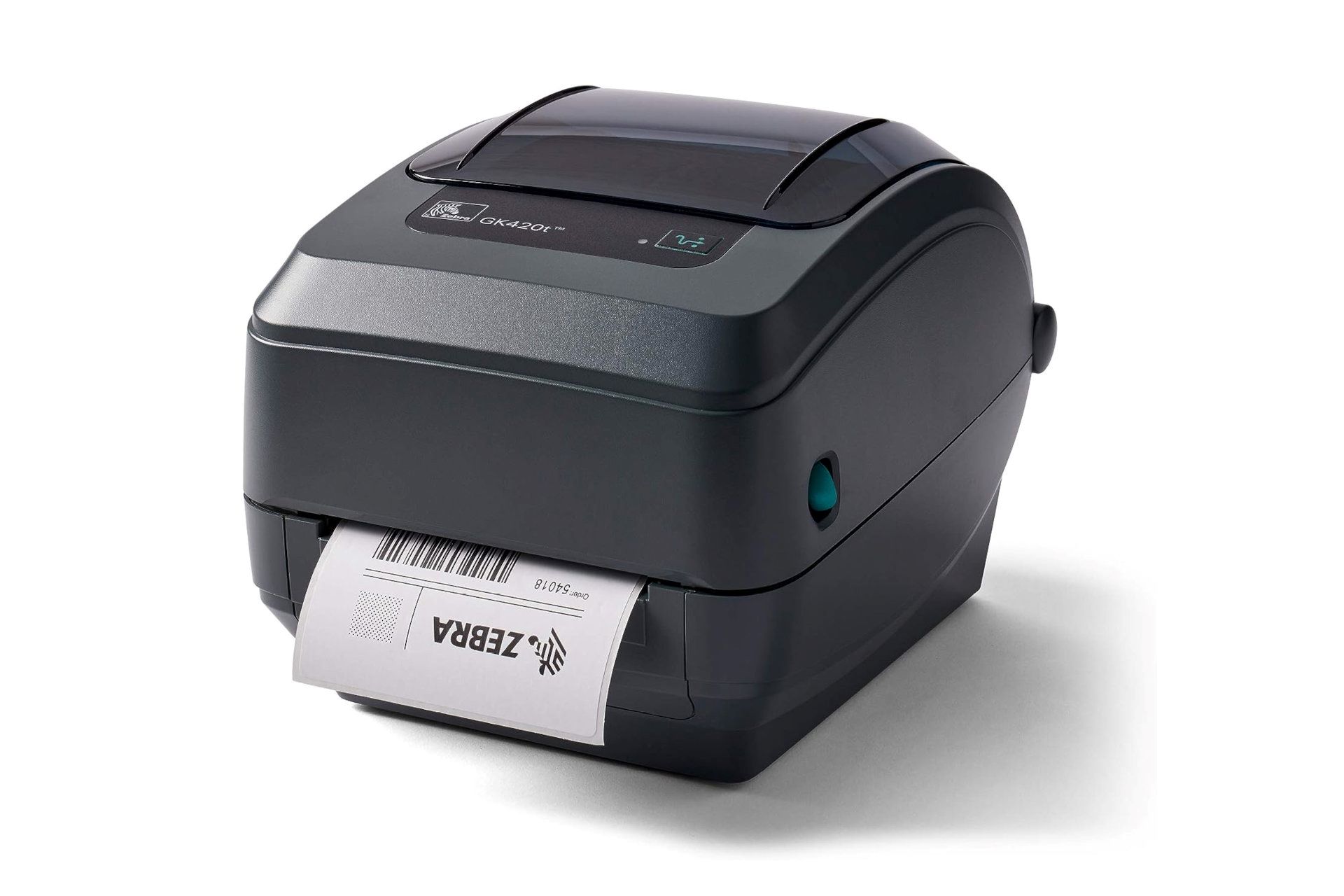
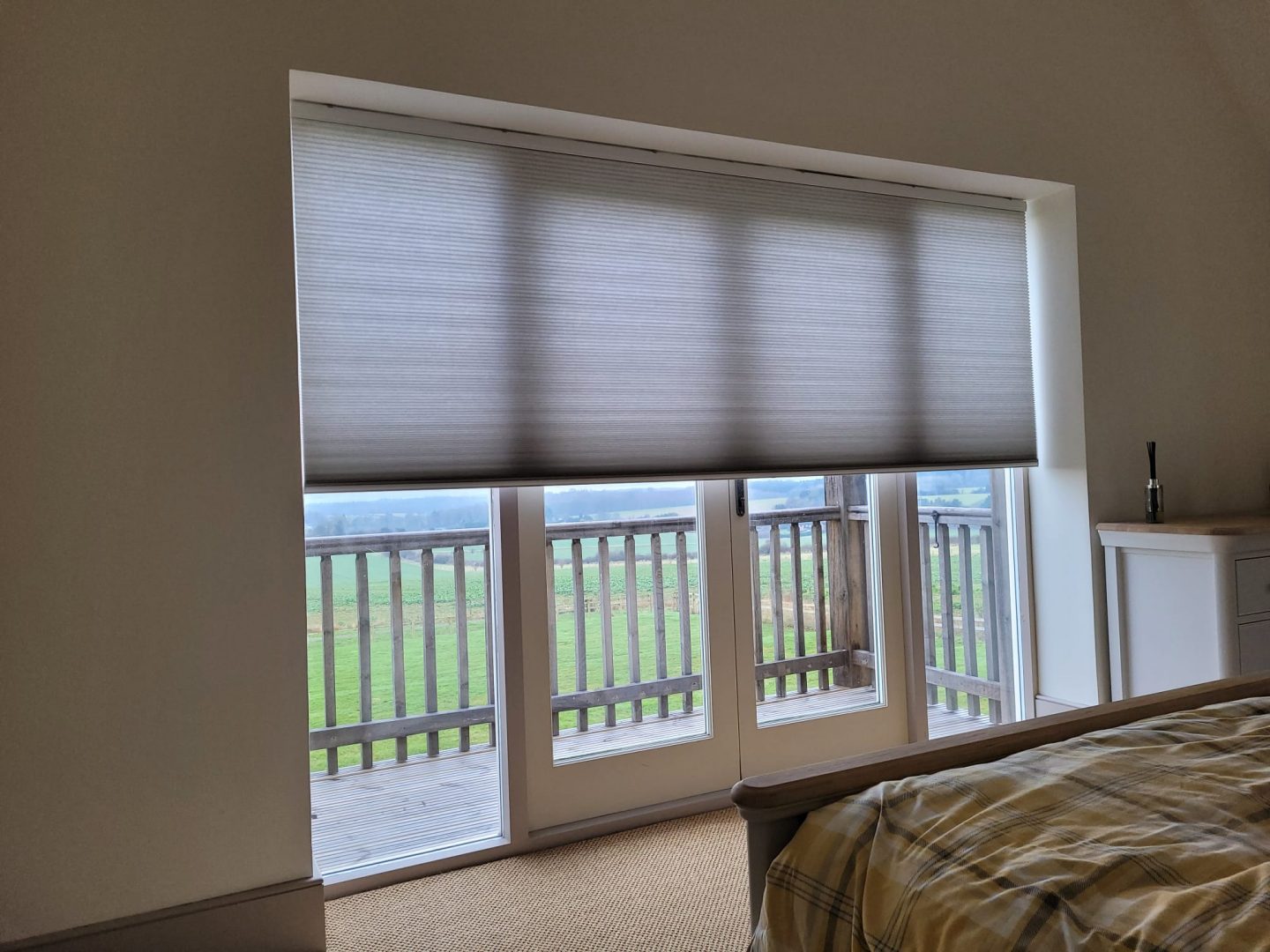
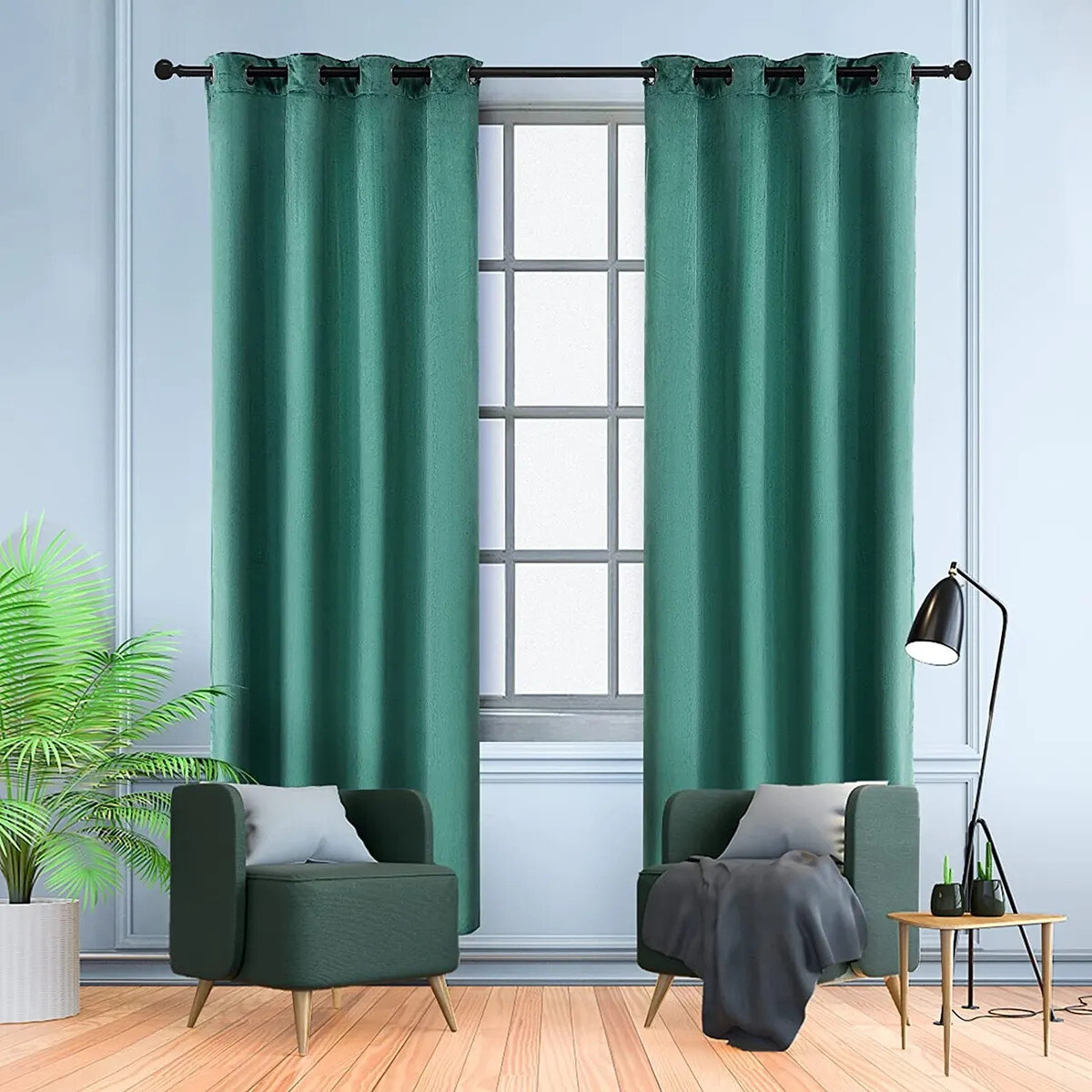
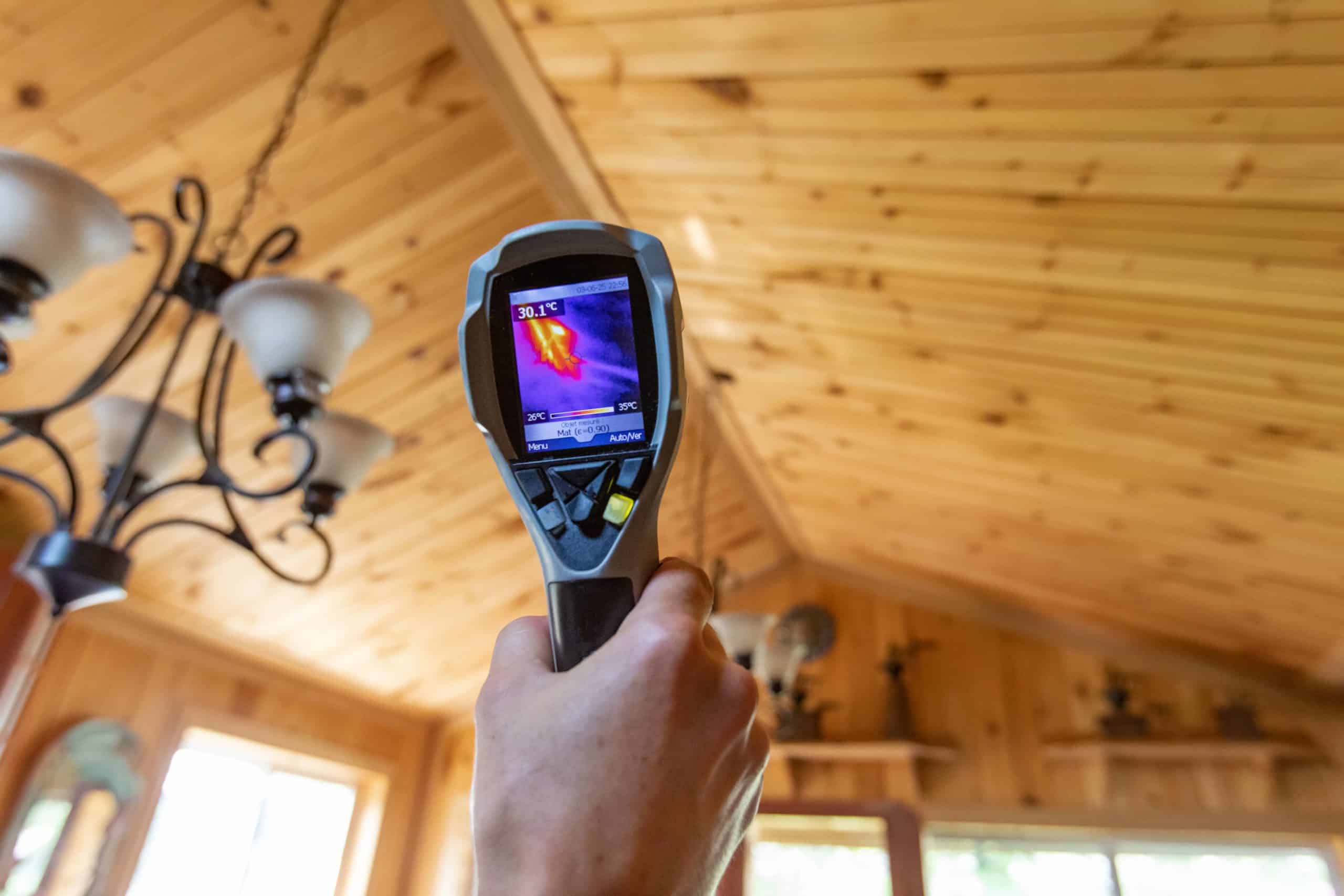
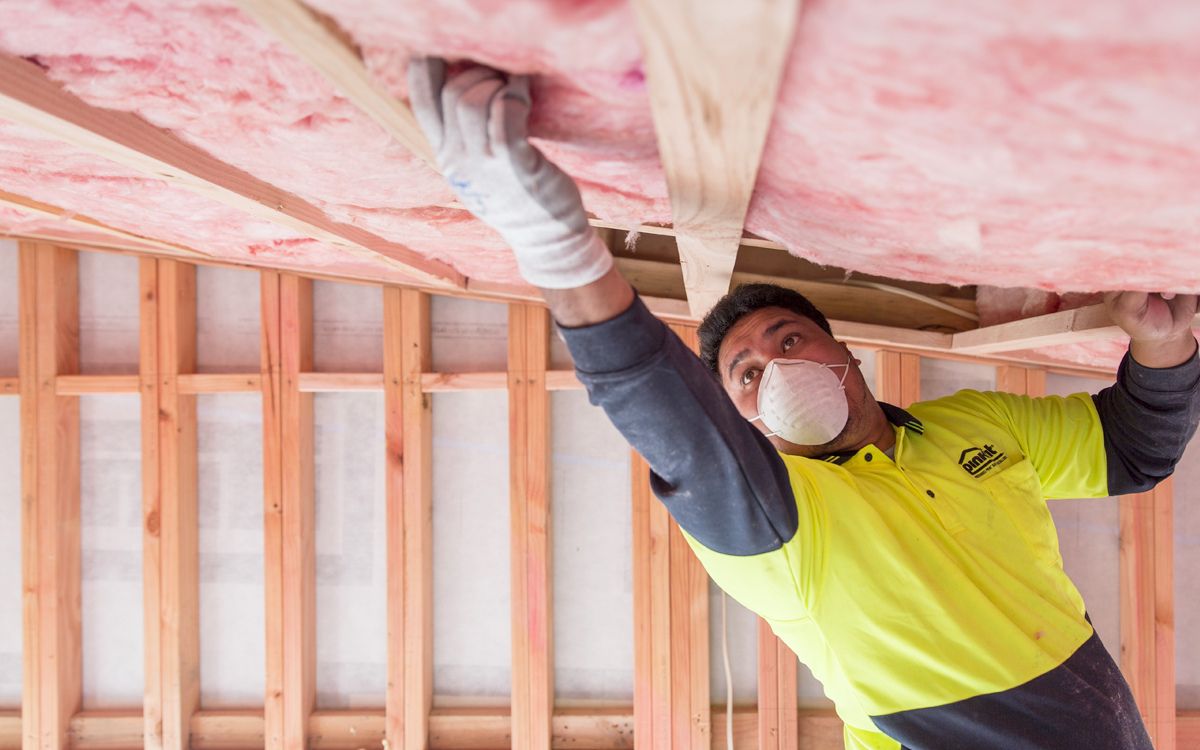


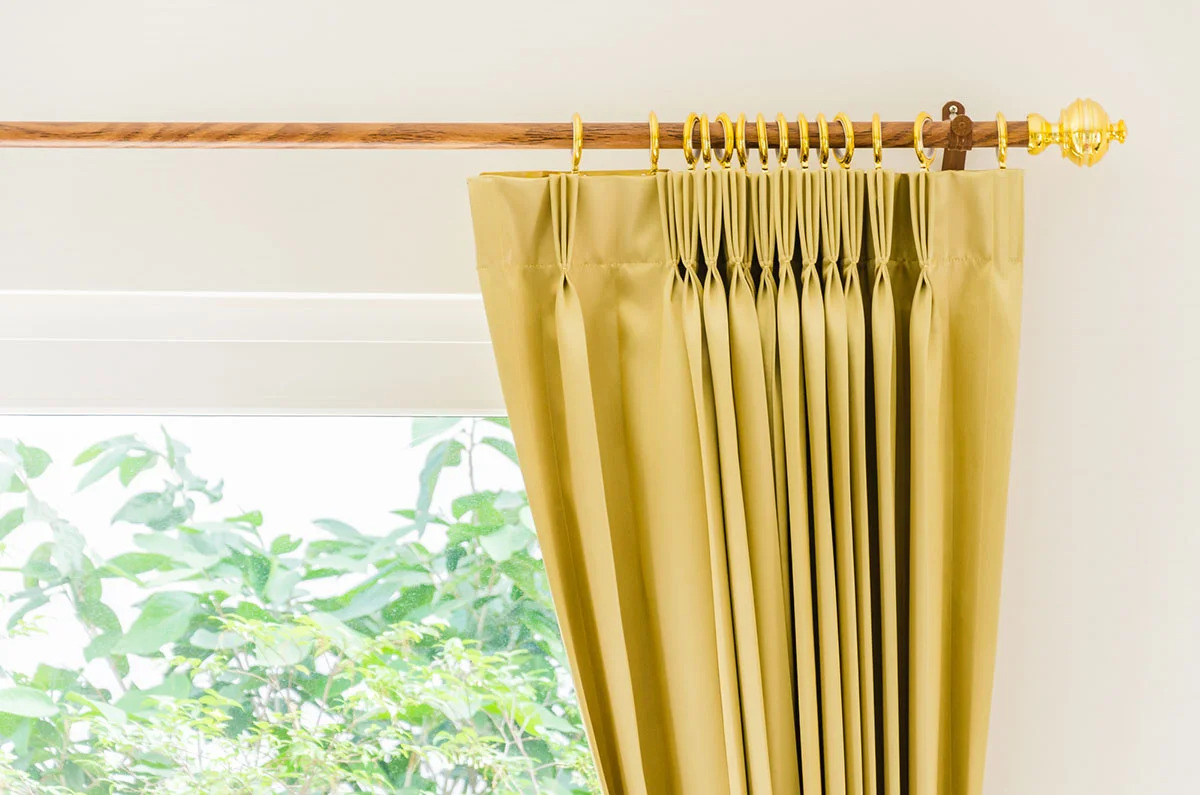
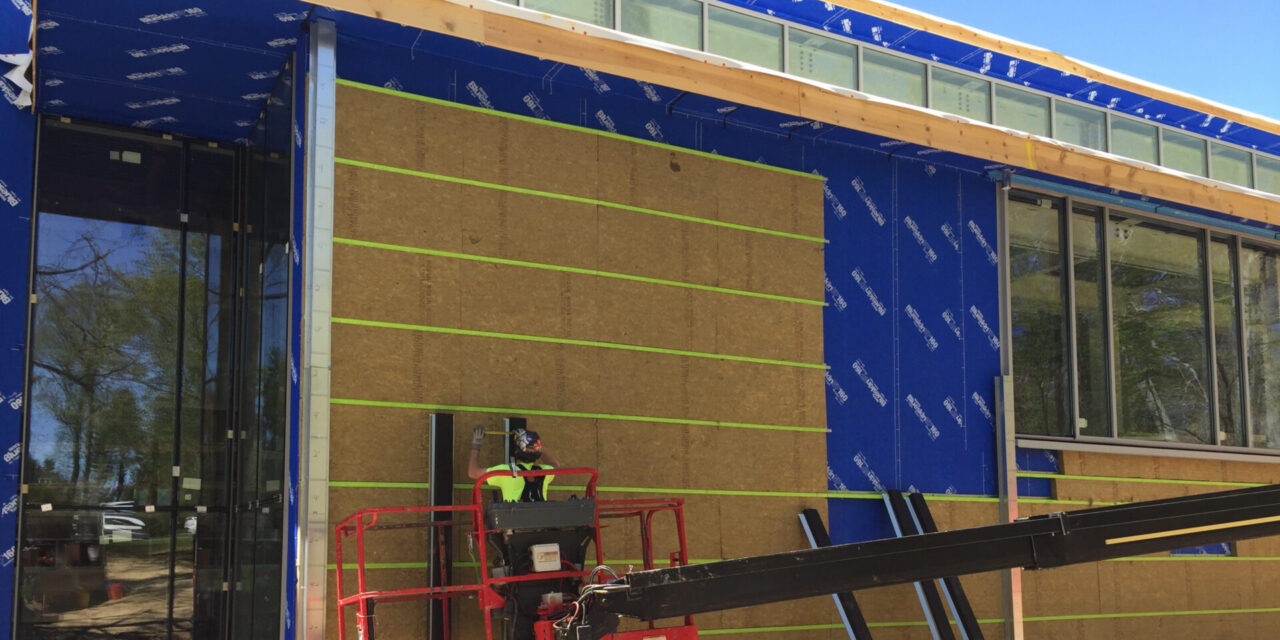
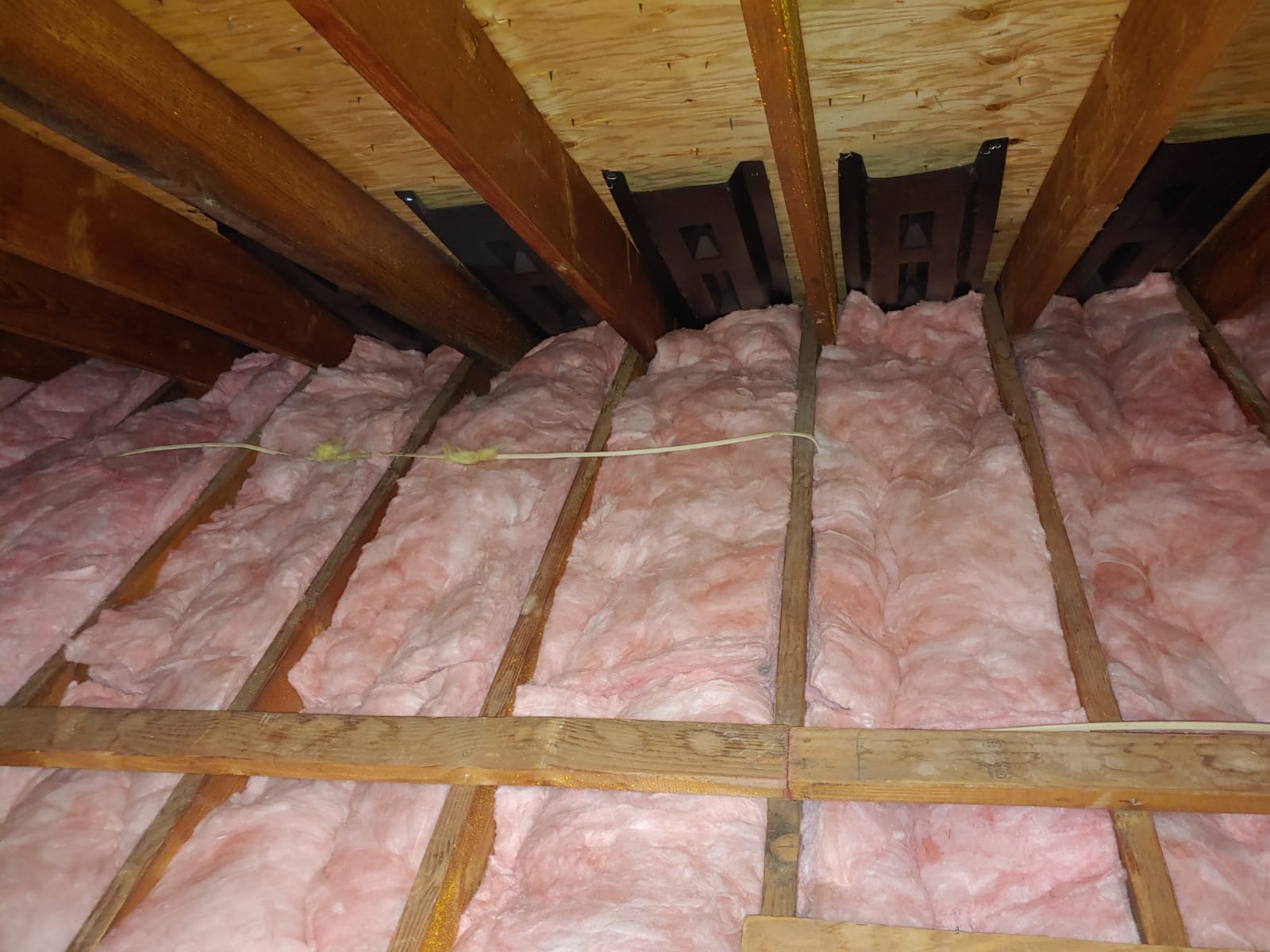
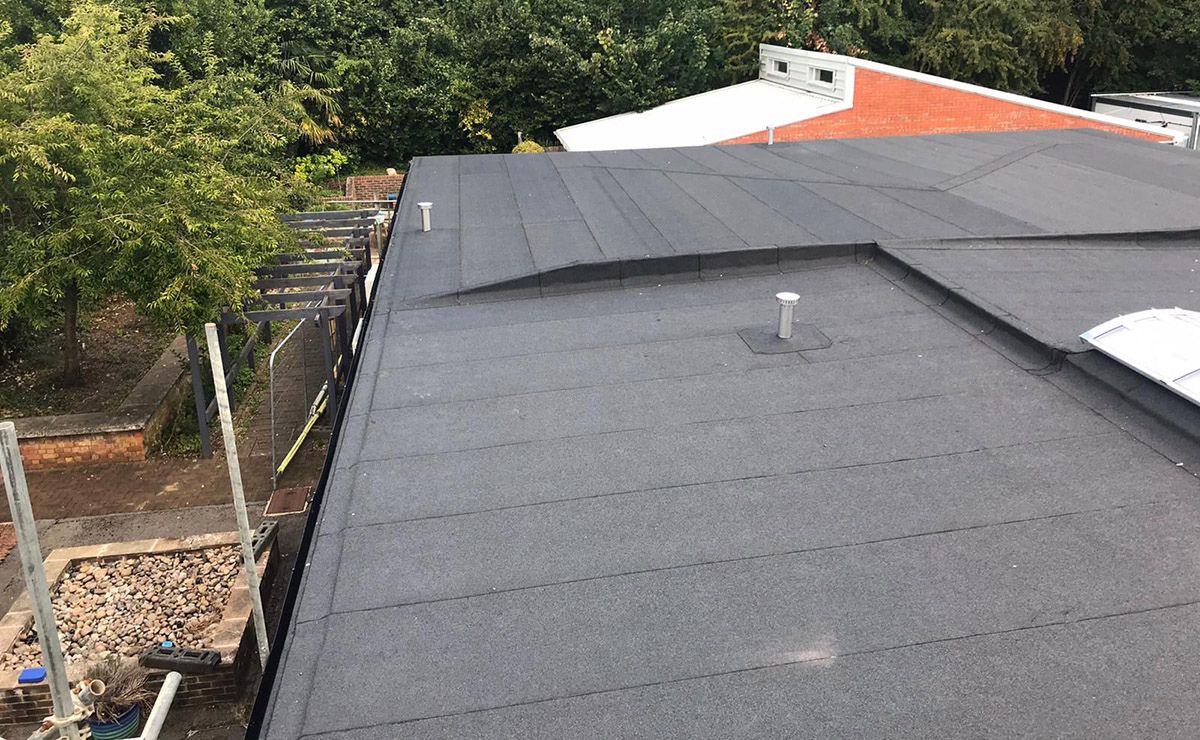
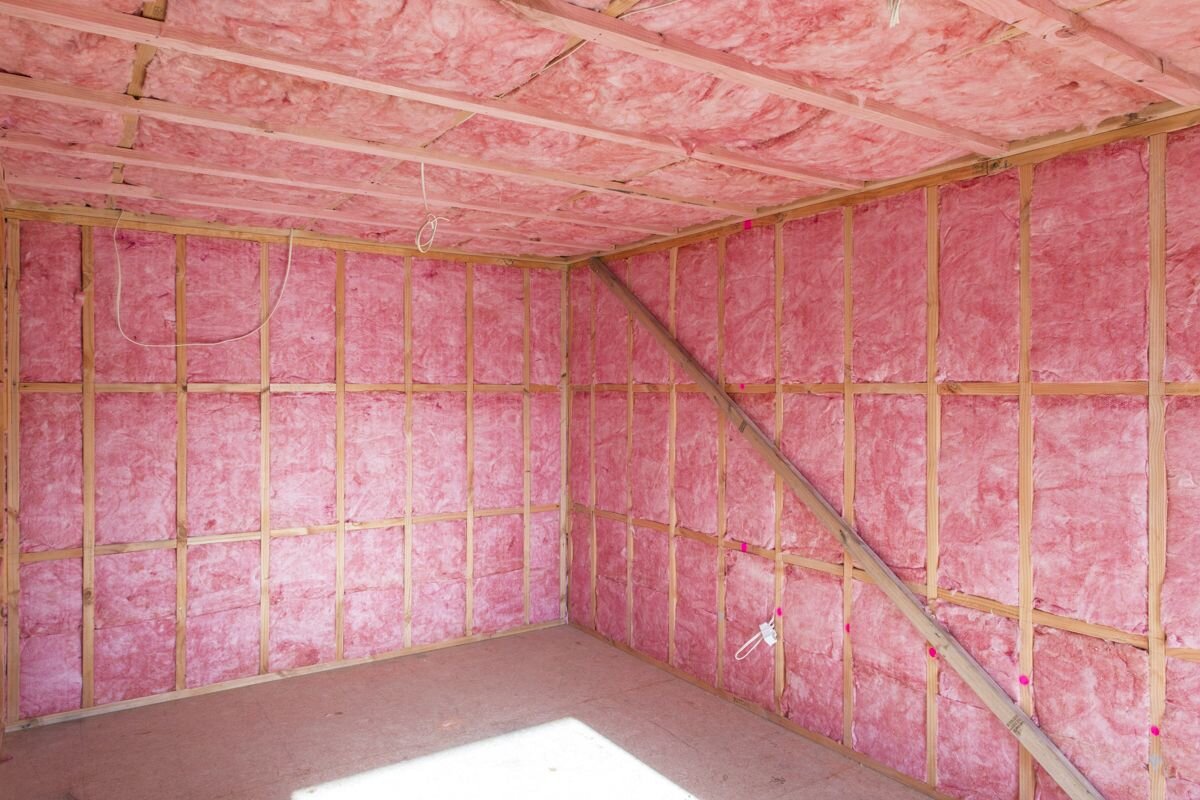
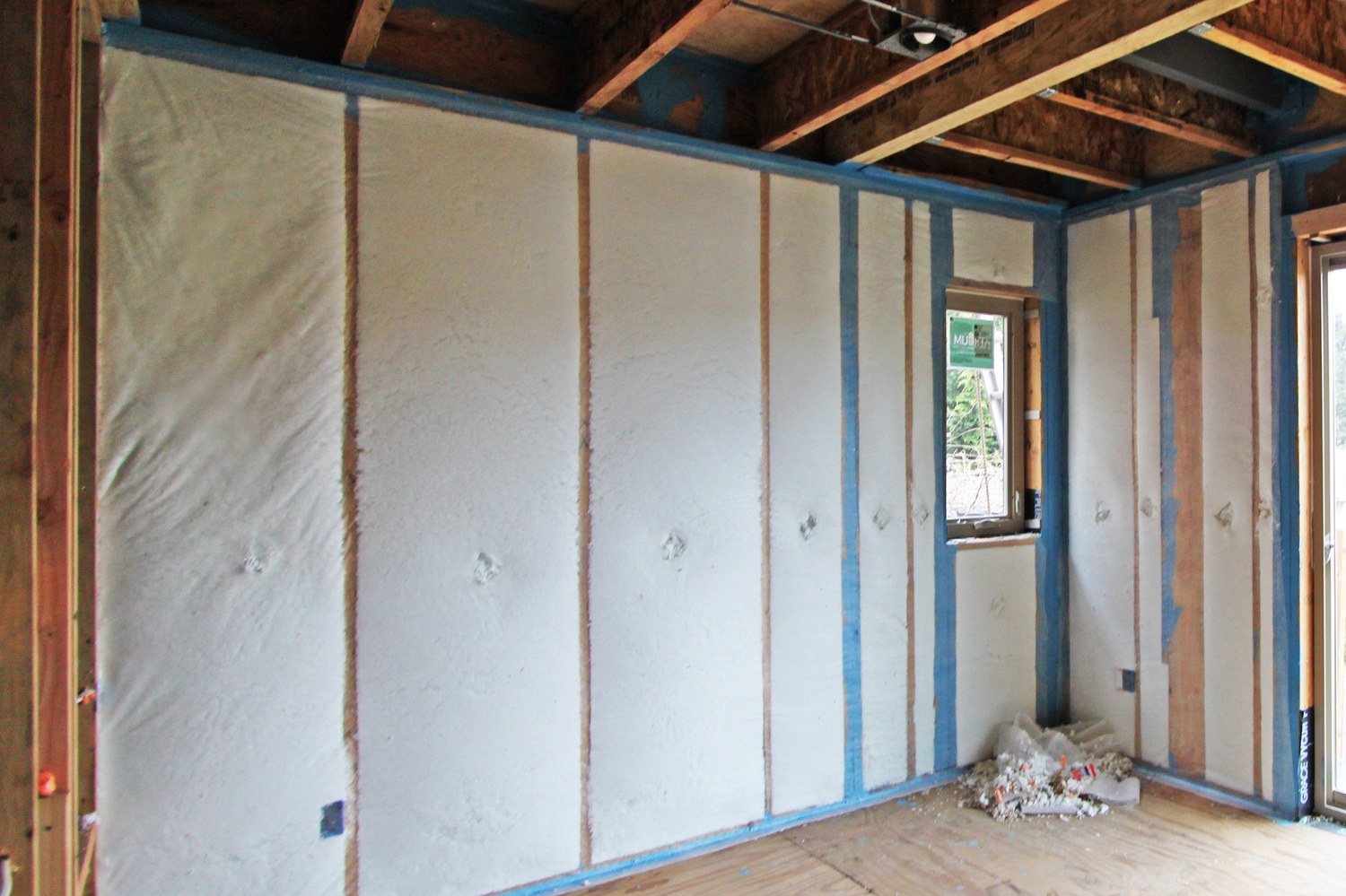
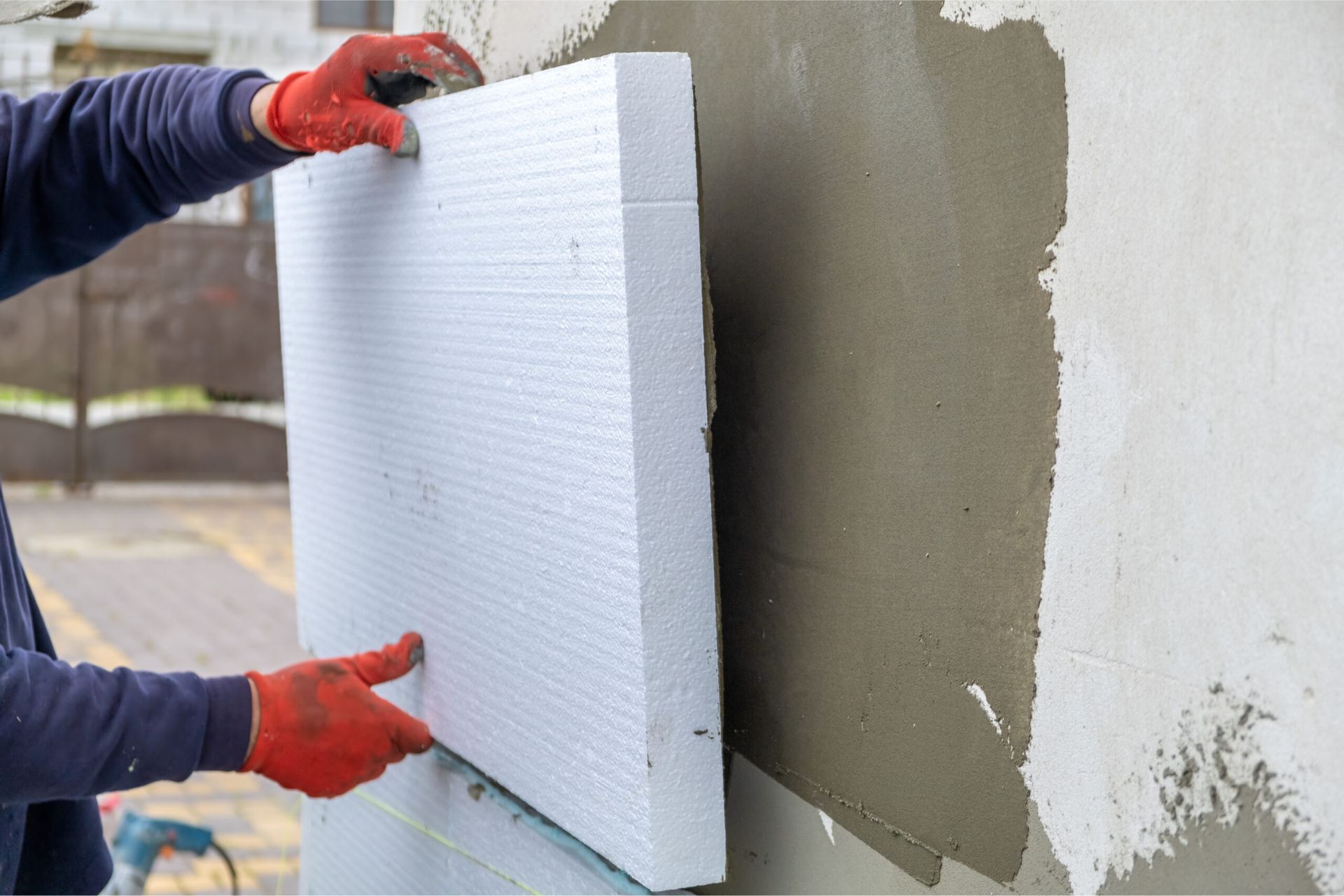

0 thoughts on “What Are Thermal Insulated Curtains”